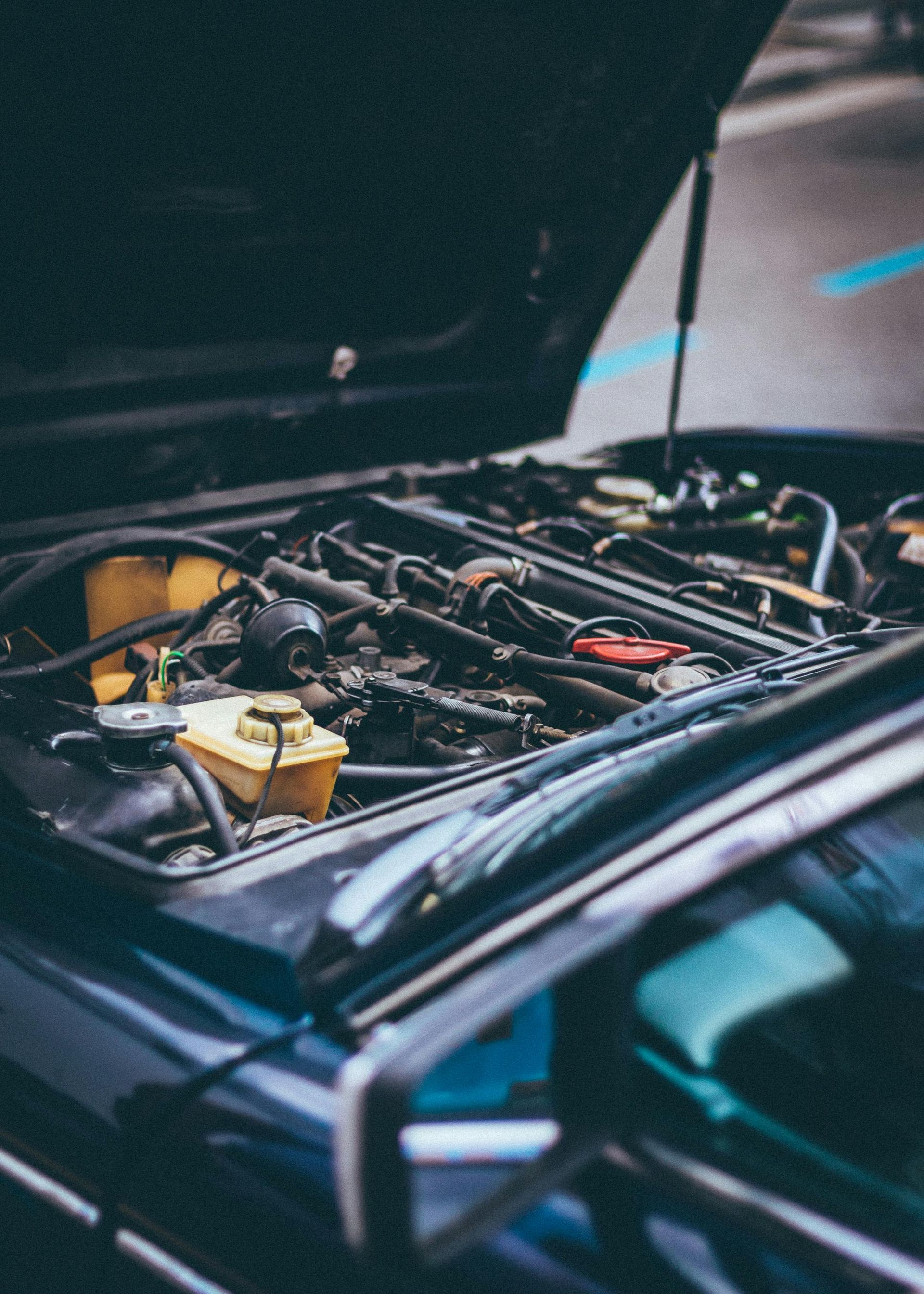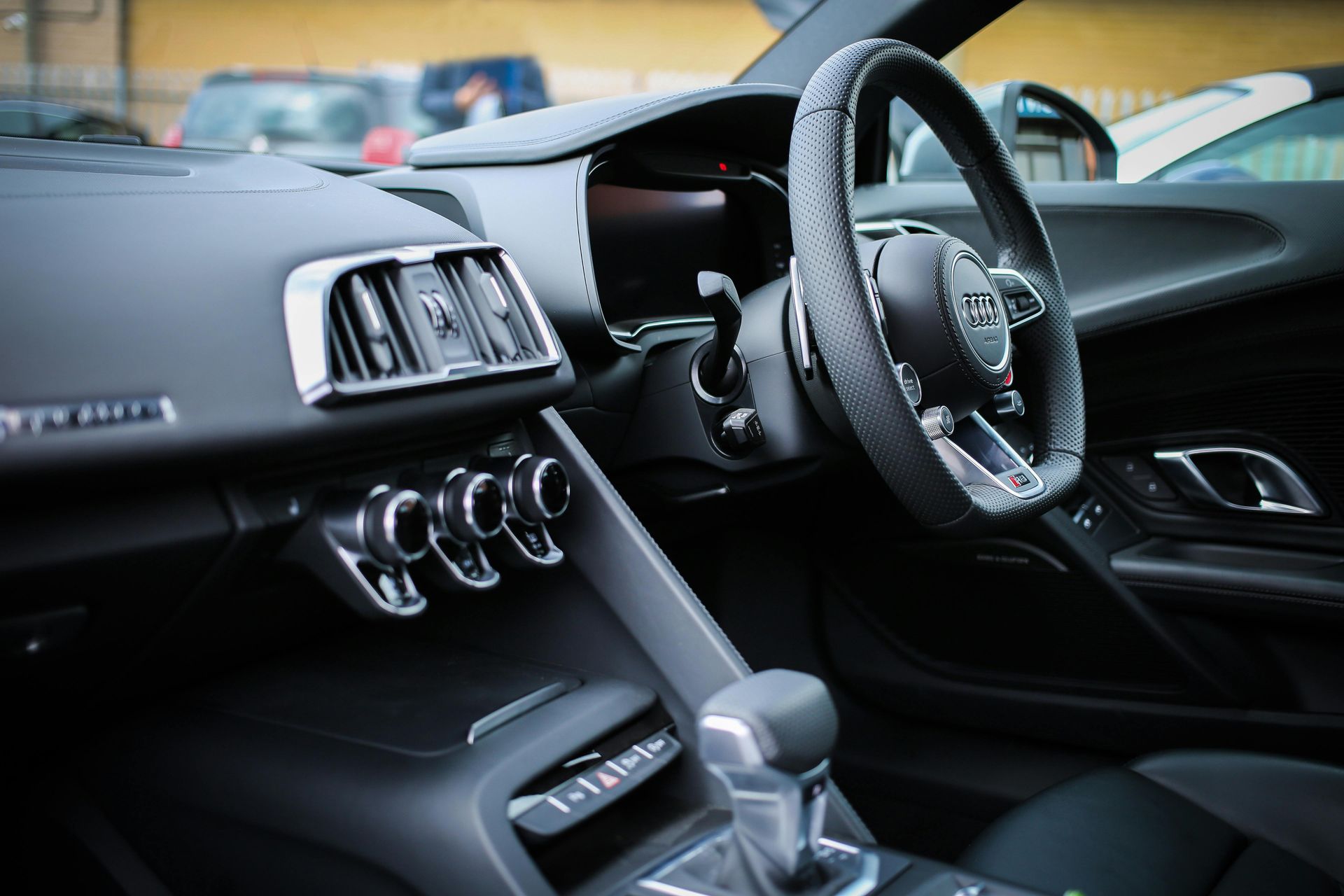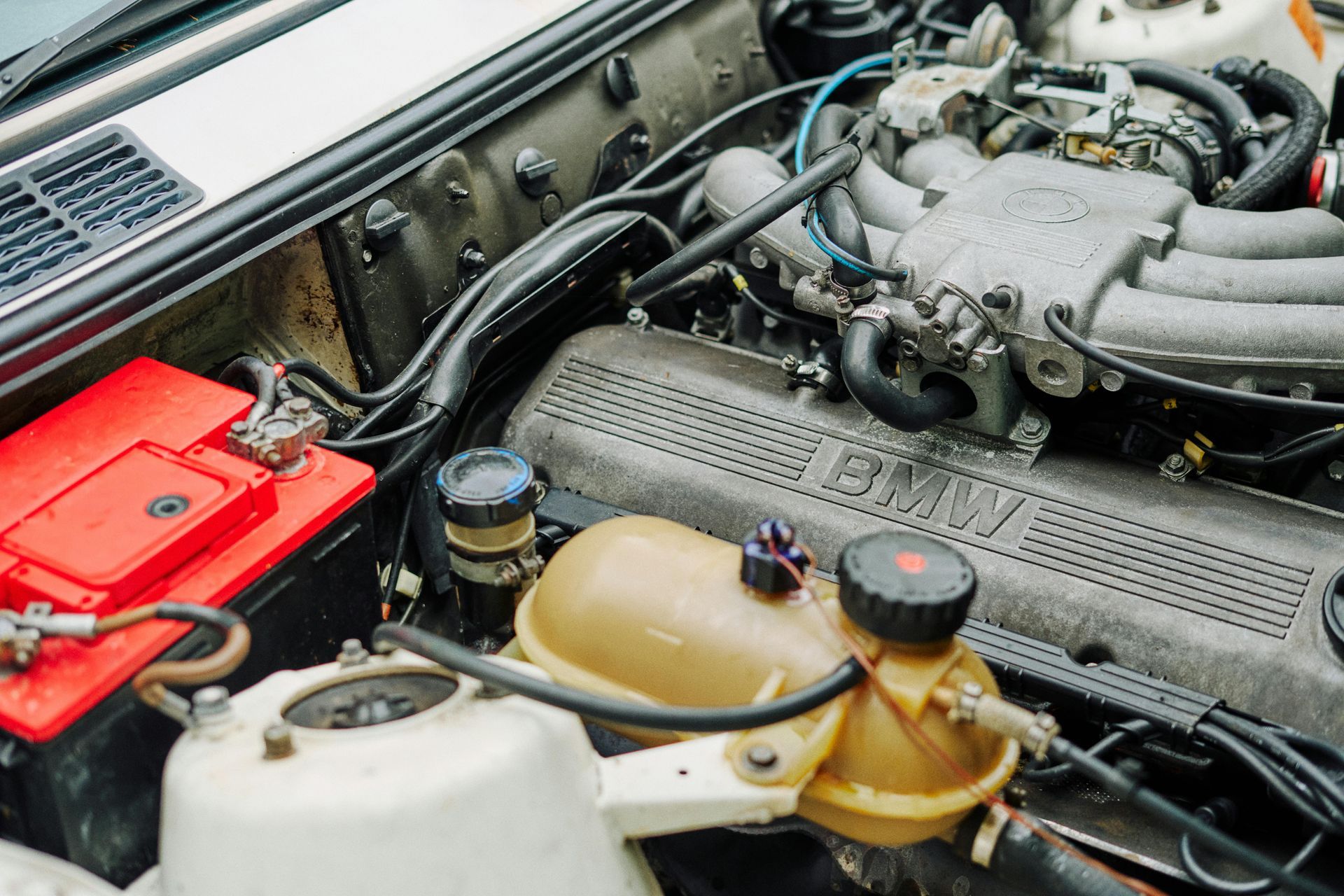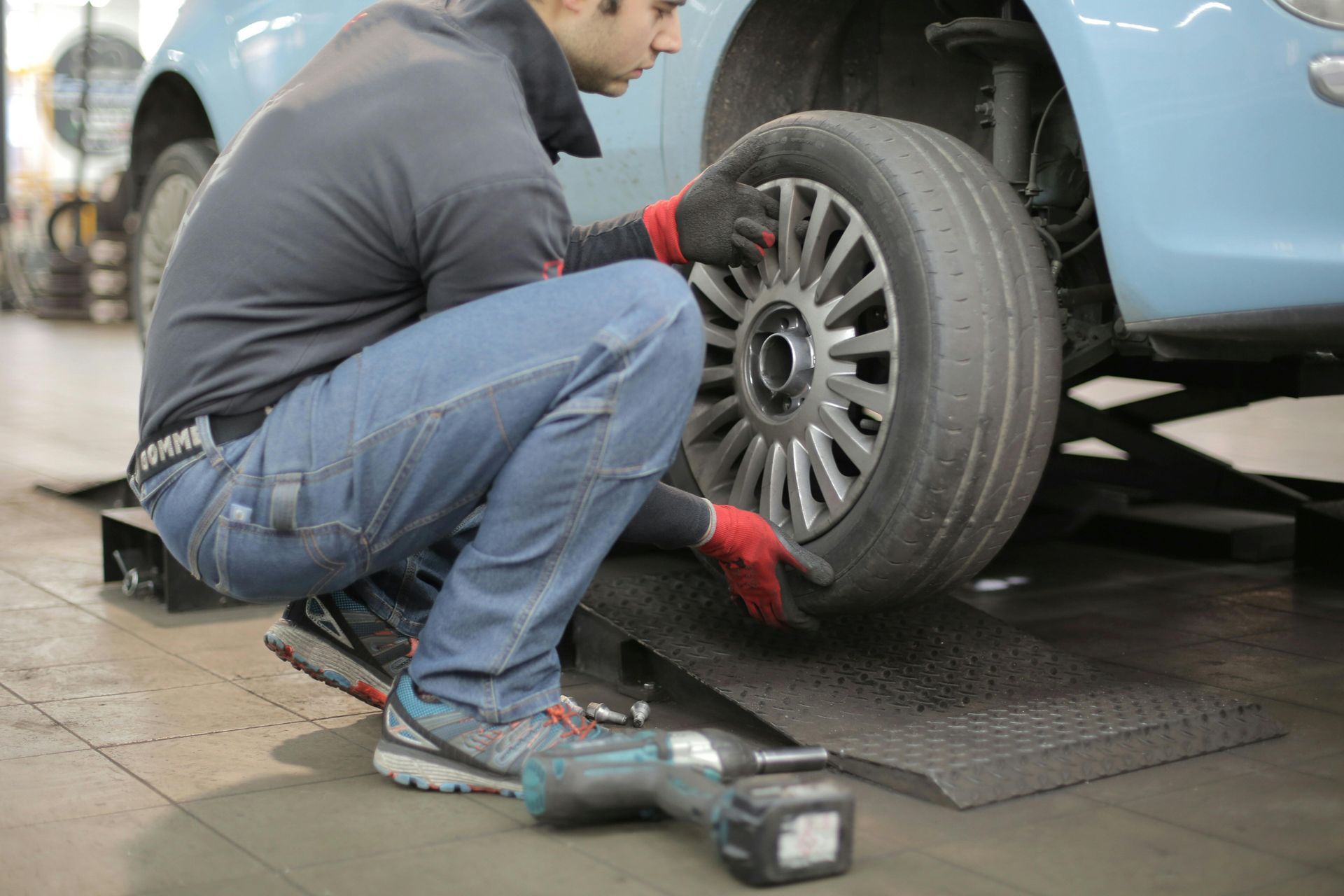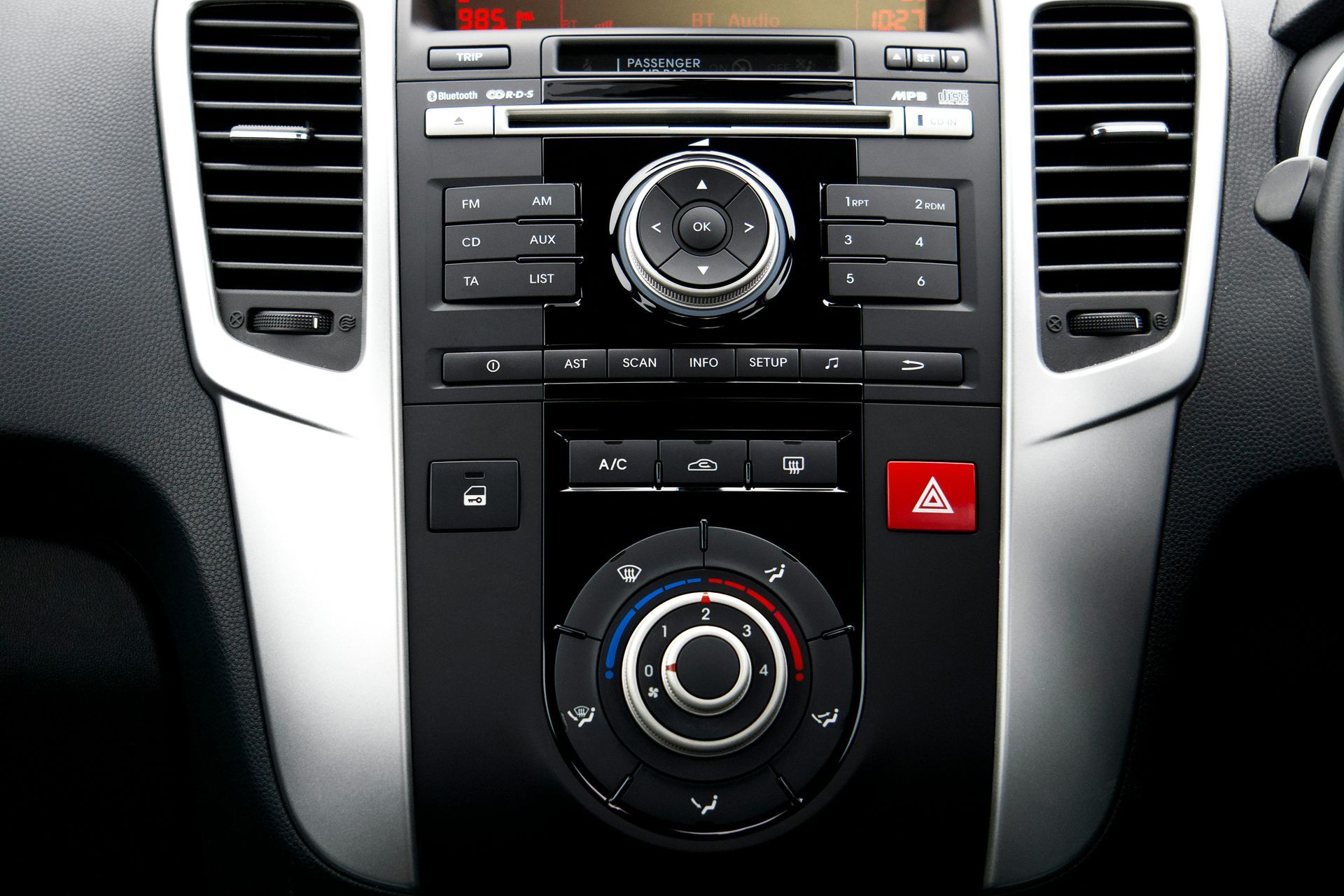Getting Your Tires Ready for Wet Fall Roads in California
California's dry summer roads can lull Auburn drivers into forgetting about rain, but fall brings the return of wet weather to the Sierra Nevada foothills. After months without significant rainfall, roads become especially slippery when moisture mixes with accumulated oil and debris. Proper tire preparation is essential for safe driving on Auburn's winding roads, steep mountain grades, and busy highways during the rainy season.
Why Tire Preparation Matters in Auburn
Auburn's unique location creates specific challenges when fall rains arrive. The combination of elevation changes, winding mountain roads, and months of dry conditions makes proper tire maintenance crucial for safety.
Auburn's wet weather challenges:
- First rains create extremely slippery conditions as oil residue surfaces
- Steep grades on Highway 49 toward Nevada City become treacherous when wet
- Winding roads through the American River canyon require maximum tire grip
- Morning fog combined with wet leaves creates hazardous driving conditions
After a dry summer, your tires may have lost tread depth, developed uneven wear patterns, or lost proper air pressure. Fall preparation addresses these issues before dangerous conditions arrive.
Check Your Tire Tread Depth
Adequate tread depth is your tire's most important feature for wet weather traction. Worn tires can't channel water away effectively, leading to dangerous hydroplaning.
The Penny Test
Insert a penny into your tire's tread groove with Lincoln's head pointing down. If you can see the top of Lincoln's head, your tread is too shallow for safe wet weather driving. This simple test works anywhere, whether you're parked in downtown Auburn or at a trailhead near Foresthill.
Professional Tread Measurement
For more precise measurement, tire professionals use depth gauges to measure tread in 32nds of an inch. New tires typically start with 10/32" to 12/32" of tread depth.
Tread depth guidelines:
- New tires: 10/32" to 12/32"
- Good condition: 6/32" to 10/32"
- Replace soon: 4/32" to 6/32"
- Replace immediately: 2/32" or less
California law requires replacement at 2/32", but wet weather safety demands replacement at 4/32" or less.
Maintain Proper Tire Pressure
Cool fall temperatures cause tire pressure to drop, reducing traction and increasing tire wear. Check pressure monthly and before any mountain drives.
Temperature Effects on Pressure
Tire pressure drops about one PSI for every 10-degree temperature decrease. Auburn's fall temperature swings mean pressure can vary significantly between morning and afternoon drives.
Finding Correct Pressure
Check your vehicle's door jamb sticker or owner's manual for proper pressure specifications. Don't use the maximum pressure printed on the tire sidewall—that's the tire's maximum capacity, not the recommended operating pressure.
Pressure checking tips:
- Check when tires are cold (before driving)
- Use a quality digital gauge for accuracy
- Include your spare tire in monthly checks
- Adjust for load if carrying extra weight
Inspect for Uneven Wear Patterns
Uneven tire wear reduces wet weather traction and indicates alignment or suspension problems. Fall is the perfect time to address these issues before winter weather arrives.
Common wear patterns:
- Center wear: Over-inflation
- Edge wear: Under-inflation
- One-sided wear: Alignment problems
- Cupping or scalloping: Suspension issues
If you notice uneven wear, schedule alignment service before purchasing new tires. Ignoring alignment problems will cause new tires to wear unevenly too.
Consider Tire Rotation
Regular tire rotation ensures even wear across all four tires, maximizing their wet weather performance and extending tire life.
Rotation Benefits
- Evens out wear patterns
- Maximizes tire life
- Maintains consistent traction
- Helps identify alignment problems early
Most vehicles benefit from rotation every 5,000 to 7,500 miles, but check your owner's manual for specific recommendations.
Know When to Replace Tires
Several factors indicate it's time for new tires, especially before Auburn's rainy season begins.
Replacement indicators:
- Tread depth below 4/32"
- Visible tire damage like cuts or bulges
- Frequent pressure loss indicating leaks
- Vibration suggesting internal damage
- Age over six years regardless of tread depth
Don't wait until the first heavy rain to discover your tires can't handle wet conditions safely.
Choose the Right Tires for Auburn's Climate
When replacing tires, consider Auburn's specific driving conditions and climate.
All-Season vs. Summer Tires
All-season tires work best for Auburn's climate, providing adequate wet weather traction while handling occasional mountain snow trips. Summer tires offer excellent dry performance but become dangerous in cold, wet conditions.
Tire Features for Wet Weather
- Deep circumferential grooves channel water away from the contact patch
- Lateral grooves provide additional water evacuation
- Siping creates additional biting edges for wet traction
- Tread compound designed to remain flexible in cool temperatures
Wet Weather Driving Tips
Even with properly maintained tires, wet weather driving requires adjusted techniques.
Safe wet weather practices:
- Reduce speed on wet roads
- Increase following distance
- Avoid sudden steering inputs
- Be extra cautious on painted lines and metal surfaces
- Test braking gently after driving through puddles
Special Considerations for Mountain Driving
Auburn drivers frequently travel mountain roads that become especially challenging when wet.
Mountain Road Hazards
- Steep descents require excellent tire traction for safe braking
- Sharp curves demand maximum grip for control
- Elevation changes affect tire pressure and performance
- Debris and leaves create additional slippery surfaces
Make sure your tires are in excellent condition before heading to Lake Tahoe or other mountain destinations during fall and winter months.
Professional Tire Services
While you can check tire pressure and tread depth yourself, professional tire services provide comprehensive evaluation and expert recommendations.
Professional services include:
- Precise tread depth measurement
- Tire pressure monitoring system service
- Wheel alignment checks
- Tire rotation and balancing
- Expert recommendations for replacement tires
Don't Wait for the First Storm
California's first significant rainfall can catch drivers unprepared, especially after months of dry conditions. Prepare your tires before wet weather arrives, not after you've experienced a scary hydroplaning incident on Highway 49.
Ready to prepare your tires for Auburn's wet fall roads? Contact Autovantage Service Center at (530) 450-2423 for comprehensive tire inspection and service. Our experienced technicians will evaluate your tire condition, check alignment, and recommend the best solutions for safe wet weather driving. Visit us at 555 Wall St in Auburn or schedule your tire service appointment online today.




